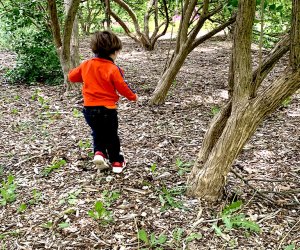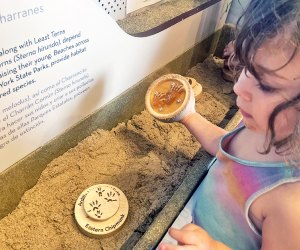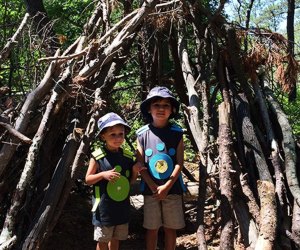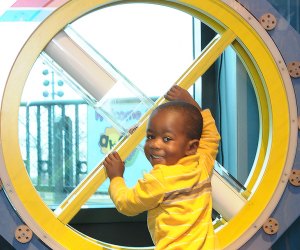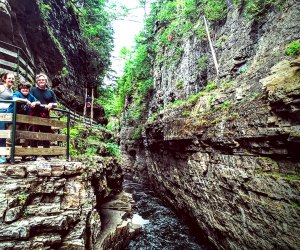Geocaching! Finding Treasure on Long Island
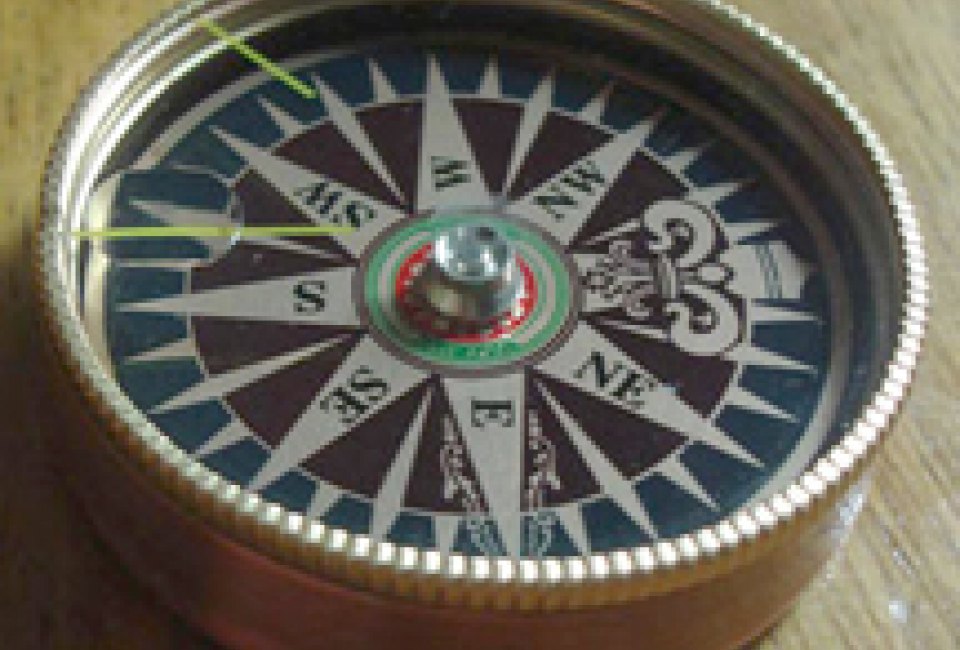
Captain Kidd hid his treasure somewhere around Gardiners Bay, and modern-day treasures are still being hidden all across Long Island and indeed all around the world. Welcome to the game of geocaching, a modern-day treasure hunt where players hide and seek cached containers using GPS-enabled devices like smartphones or GPS navigators. There are almost certainly caches hidden in your neighborhood, probably more than one! And if your children are Scouts, they can even win a merit badge for hunting them.
OUR LATEST VIDEOS
So What Are You Hunting For?
A waterproof container with at minimum a log book to sign and comment in. Bigger containers often have small tradable items like little toys. If there are small “treasures,” the rule is that if you take something, you must leave something of equal or greater value. In this way, the contents of these caches are constantly changing. You may also find a special tag with a bar code on it. Scanning the bar code will tell you where the tag wants to go. You can choose to take the tag with you, as long as you leave it in another cache closer to the goal. Or your cache may just contain a clue leading to yet another cache and another clue until eventually the treasure is found. After you have opened the cache, signed the log book, and possibly made a trade you must seal the cache back up and return it to precisely where you found it for the next treasure hunters to find.
What’s the Catch?
The tricky part to all of this is that GPS devices are only accurate to within 20 to 30 feet! So they will get you close to the cache, but you will have to really use your eyes and any hints you’ve been given to find the cache itself. Some caches are fairly easy to spot, and some are very hard. This really is a hunt, and kids of all ages just adore the challenge.
Getting Started
There are many lists of caches, but the best way to start is to go to Groundspeak’s Geocaching.com, the granddaddy of geocaching sites, and sign up. The site has all the information you need to get started. To begin, you type in your zip code or the area you are interested in exploring. A long list of caches will come up. You will need to do some research now to find the perfect caches.
For your first hunt you want to find caches that are rated easy to find and that have records of having been found recently. Smiley faces next to a listing indicate that people have really enjoyed a cache. The listing will also indicate the approximate size of the container. You can never know for sure what you will find until you find it, but larger containers are more likely to hold small treasures. When you find caches that interest you, read the cache description and the hints. You can also read recent log entries from visitors to the cache to get an idea if it sounds like a fun one. You may want to choose more than one cache to seek on your first hunt. If you don’t find the first cache it's good to have a backup. If you do find it, you may want to keep going!
The next step is to input the GPS data into your navigator, or your smartphone app. Groundspeak has apps for iPhone, Android, and Windows phones that will help you. Make sure you have good walking shoes, a pair of gloves, a flashlight, a pen or pencil for the log book, and some tradable items and get going!
If you are on a trail and your GPS wants to lead you cross-country, keep to the trail. Geocachers are very eco-conscious and would not hide a cache in an area requiring a destructive off-road trek. When the GPS indicates you have reached ground zero, remember that you are probably only within a 20-to-30-foot radius of the cache. Look for anything that seems a bit out of place. Don’t forget to look up or under. But you won’t have to dig or unduly disturb the environment. A good question to ask yourself is: “Where would I hide something here?” That’s where having kids along gives you a terrific advantage—they are really good at thinking up unique hiding spots!
After the Hunt
Be sure to go back online to geocaching.com or any other website where you first collected your cache data and write up your find. It is important that other seekers know that the cache is still in place and your feedback will help other hunters. It will also encourage the cache owner to maintain the cache properly over time.
Geocaching can be quite addictive. There are geocaches in shopping malls and public parks. Museums and monuments have been known to hide geocaches. There are geocaches in Antarctica and on the international space station! This is a hobby that can travel with you.
So head on out and have fun! And if you fall in love with the game, by all means check out the Long Island Geocaching Organization for news and a ton of information on how to set up your own geocache on Long Island.










